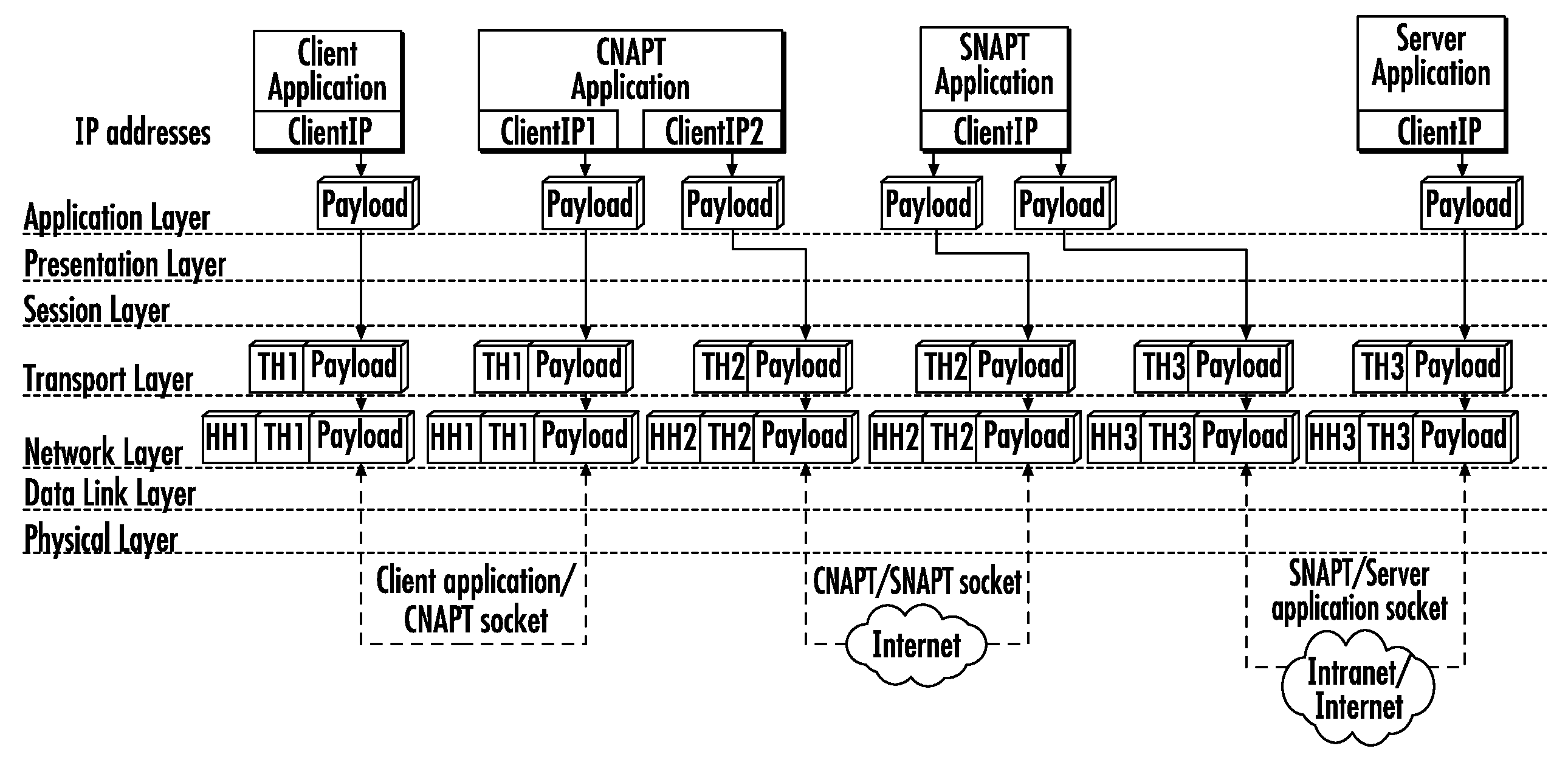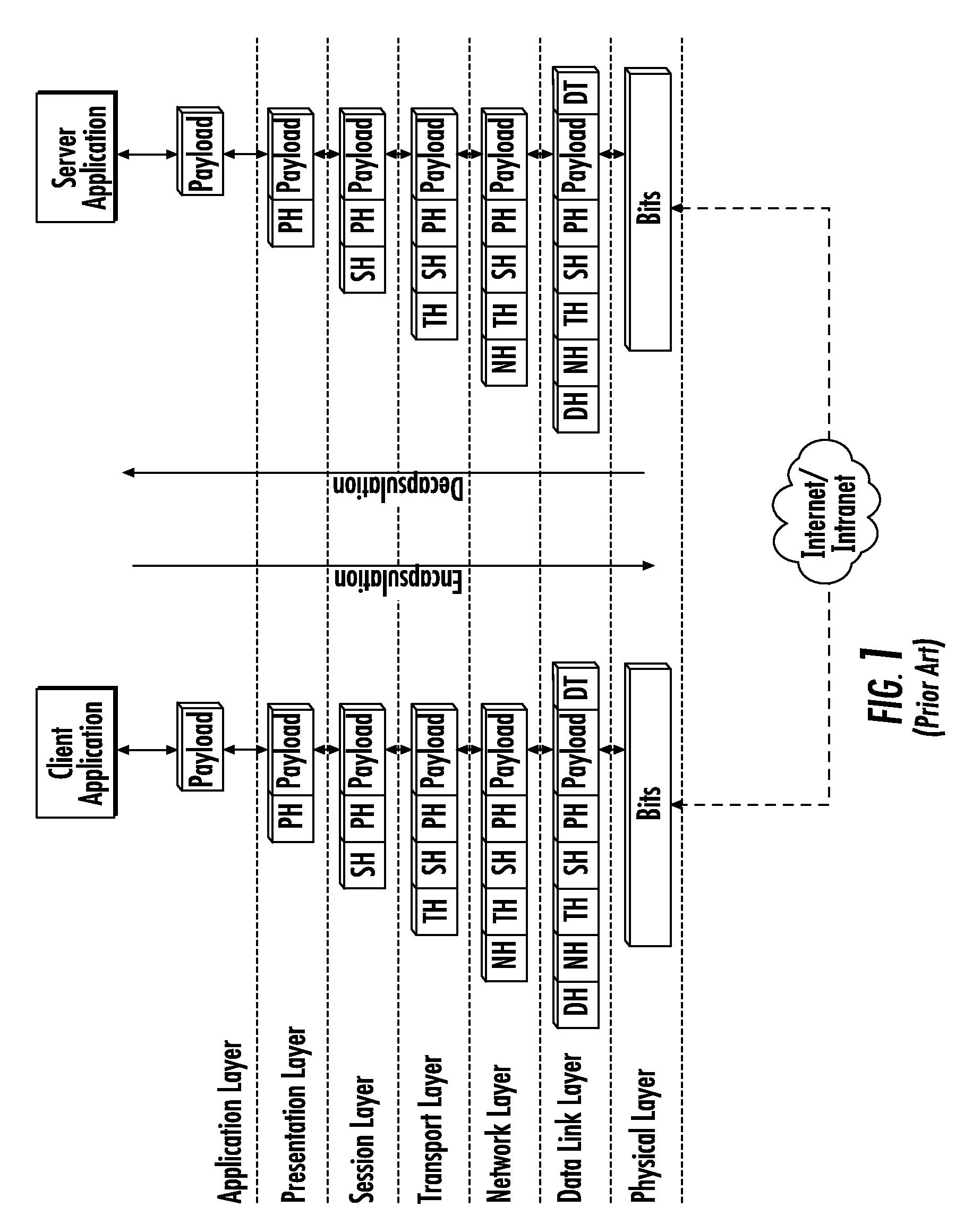However, co-existence of different network access technologies under the Internet Protocol (IP) brings problems when the user switches between access technologies and / or access providers: since IP addresses are assigned to a fixed location in the network, when we refer to mobile devices a new IP network address must be assigned with each change of network location (access technology and / or provider).
This makes impossible a transparent, mobile access, leading to the IP applications to be restarted (therefore losing the current session), data packets to be lost and transmission rate to be slowed down.
This manager has a problem.
When he leaves the office to catch the taxi, the Wi-Fi / Ethernet connection will be lost and the application and the session that he is using will crash with possible loss of sensitive information.
This obviously involves all the above-mentioned problems, including the application crash and the new authentication.
Currently there are no standards providing a roaming service between the various kinds of wired / wireless networks.
This lack of standards makes wired / wireless roaming a big issue if this problem is tackled at the lowest levels of the OSI-7 Layers Protocol Stack (Open System Interconnection).
But a modification of the OSI protocol stack requires a lot of low-level work that is platform dependent, i.e. that must be done every time a new OS has to be supported, and this has a negative impact on the flexibility and portability of the solution.
Furthermore, if one or more sub-layers are introduced, one or more encapsulations have also to be introduced and this increments the amount of data to be exchanged and the likelihood of the IP packet fragmentation.
When the destination address of the data packets is a mobile node this means that a new IP network address must be assigned with each change of network location, which makes transparent mobile accesses impossible.
Unfortunately, the Mobile IP of the IETF does not solve all the mobility problems: if, for instance, a user would like to switch between two different network interfaces while an IP application is running, the IP connection is interrupted at the moment when he leaves the old network link.
Even when the interruption time lies within the time-out delays specified e.g. in the TCP, however, the IP applications are not able to maintain the connection if a physical network interface is not permanently available.
The main drawback of WO 02 / 103978 A2 is that, operating at layer 3, the implementation requires a great deal of low-level work for each supported operating system.
This vast amount of work reduces the flexibility of this solution in case of variation in wireless networks standards or in case of introduction of new wireless networks.
This patent does not take care of how the network connection is made and, operating at layer 3, an automatic or semi-automatic / assisted way to make the connection is difficult to be achieved.
The major drawback of the Nortel invention is that it is sensitive to the definition of the network interface hardware-related address.
Another disadvantage arises from the explicit use of the MAC addresses: circuit-switched interfaces (GPRS, PPP (Point-to-Point Protocol), SLIP (Serial Line Internet Protocol)) do not have any corresponding MAC or network addresses.
Additionally, this solution does not take care of how the network connection is made which can be problematic for many applications.
The main drawback of this solution is that, operating between layer 2 and 3, the implementation requires a great deal of low-level work for each supported operating system.
This vast amount of work reduces the flexibility of this solution in case of variation in wireless networks standards or in case of introduction of new wireless networks.
The main drawback of this solution is that, operating at layers 2 and 3, the implementation requires a great deal of low-level work for each supported operating system.
This vast amount of work reduces the flexibility of this solution in case of variation in wireless networks standards or in case of introduction of new wireless networks.
Like the other solutions mentioned, this solution is limited in its architectural features by Mobile IP concepts, from which it has been derived.
Furthermore, in order to work properly, it has to be implemented in a platform specific way and this hinder and reduce the platform portability.
This Session Mobility gives the possibility to handle the security at Session Layer, making possible to provide VPN solutions to enforce strong end-to-end security on an application-to-application level but its major drawback is that it lacks in architectural flexibility, requiring the adapted Session Layer to be installed in any devices involved in the communication.
The major drawback of this kind of solutions is the backward compatibility.
All the already developed and largely used client and server applications can't enjoy the seamless mobility.
 Login to View More
Login to View More  Login to View More
Login to View More 


